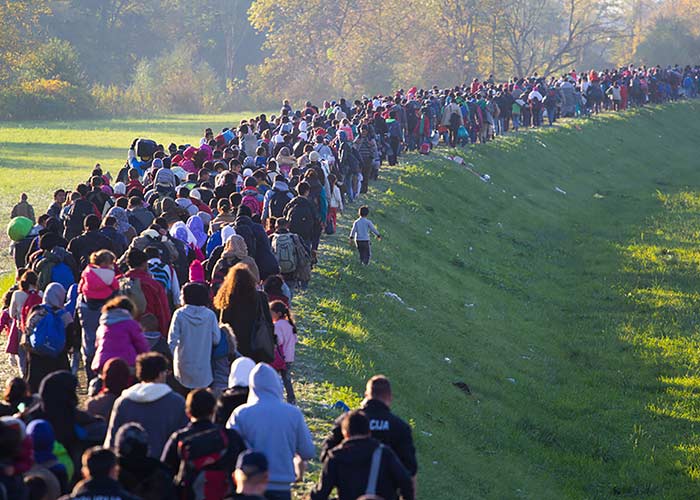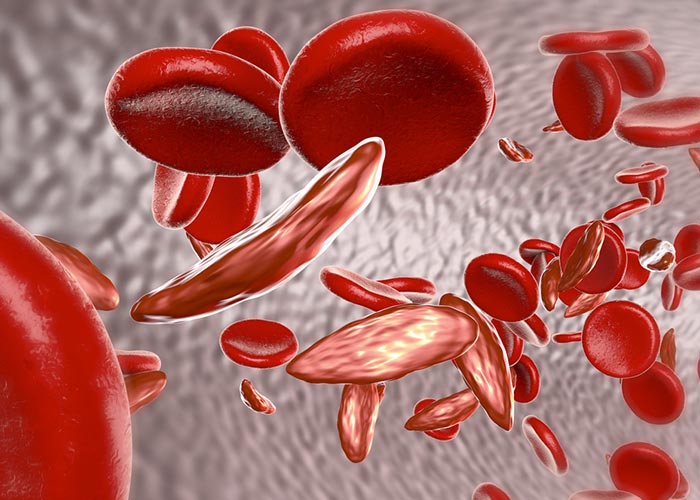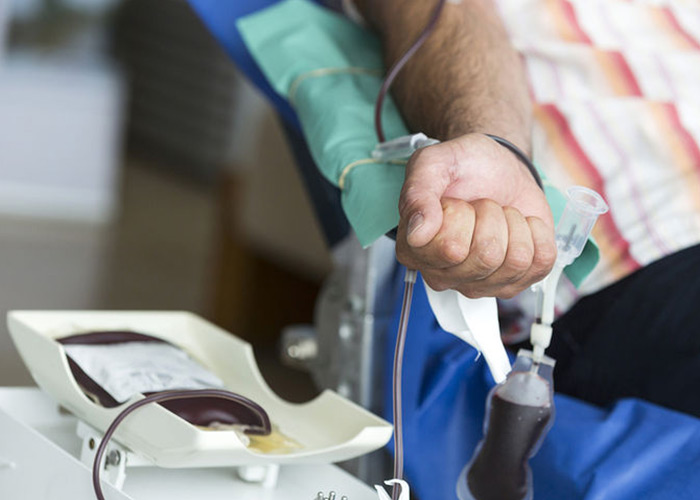Sardar Vallabhbhai Patel Jayanti is celebrated in India on 31st October, each year to commemorate the birth of Vallabhbhai Jhaverbhai Patel (31st October 1875 – 15th December 1950) also popular as Sardar Patel. He was a veteran freedom fighter who later became the first Deputy Prime Minister of independent India.
He also held the post of Minister of Home Affairs under the Prime Minister ship of Jawaharlal Nehru and the first Commander-in-chief of Indian Armed Forces. “Sardar” is a honorific awarded to him which means “the chief”. Sardar Patel was a senior congress leader, highly active in the freedom struggle. His role in the political integration of India and also in the 1947 Indo-Pak war is highly commendable and worthy of praise.
Professionally Sardar Patel was a successful lawyer, hailing from the state of Gujarat. He played a vital role in non violence and civil disobedience movements by organizing peasants in Gujarat, thereby, becoming one of the most influential leaders in Gujarat.
Sardar Vallabhbhai Patel Jayanti 2019
Sardar Vallabhbhai Patel Jayanti 2019 will be observed on Thursday 31st October 2019.
Senior cabinet ministers and leaders of opposition will pay homage to Sardar Patel and narrate his contribution to the freedom struggle and also in formation of post independence India.
A special event on Sardar Patel’s Jayanti is organized on 31st October 2019, Thursday at New Delhi’s Malvankar Hall located on Rafi Marg, behind the RBI. The event will be attended by the Speaker of Lok Sabha, Sri Om Birla as the Chief Guest and various other central ministers.
Prime Minister Mr. Narendra Modi will visit the “Statue of Unity” at Kevadia in Gujarat on the occasion of Sardar Patel Jayanti. Statue of Unity is a world famous, 182 mtr high statue of Sardar Patel. It is the highest statue in the world.
The event at the Statue of Liberty will also be attended by the World Bank President David Malpass and probationers if IAS (Indian Administrative Services), IPS (Indian Police Services), IRS (Indian Revenue Services) and IFS (Indian Foreign Services) as well as other senior officials of the Government of India. A National Unity Day parade will also be organized at Kevadiya on Sardar Vallabhbhai Patel jayanti.
Home Minister of India, Sri Amit Shah has asked all the states and Union Territories to celebrate National Unity Day, also the birth anniversary of Sardar Patel with great enthusiasm and fervor. He added that the abrogation of Article 370 from the state of Jammu and Kashmir was a tribute to the vision of Patel and hence this calls for a great celebration.
Early Years of Sardar Vallabhbhai Patel
Sardar Patel was born in Nadiad in Gujarat as one of the six children of Jhaverbhai Patel and Ladba. There is no official record for Patel’s date of birth and 31st October is the date of birth he had mentioned in his matriculation certificate.
He was known for his great endurance to pain. There is a small story that narrates that once he cut open his own painful boil, without showing any pain or worry, even as the barber who was supposed to do it fainted.
He passed his first matriculation exam at a later age of 22 and was regarded as unambitious and destined for lower jobs, by the elders. However, Sardar Patel had his own ambition and plans.
He wanted to become a lawyer and later pursue a course in England, becoming a Barrister. Patel appeared and passed his exams within two years, studying mostly from the books borrowed by friends and seniors.
He was called to the bar and thus shifted along with his wife Jhaverba to Godhra in Gujarat. In the due course of time he gained recognition as a fierce and efficient lawyer.
When he had saved enough for his study in England and applied for a pass and ticket. His name on the documents was mentioned as V.J. Patel. Incidentally, his elder brother who also nurtured a desire to study in England and who also had an initial same as Vallabhbhai, told him that it would be disrespectable for the elder brother to follow his younger brother.
Paying heed to his brother’s request and for the sake of his family’s reputation, Sardar Patel let his elder brother go instead. At the age of 36 Sardar Patel got another chance to travel to England and study at Middle Temple Inn in London, completing 36 month course in just 30 months.
He returned to India, started practicing at Ahmadabad and became a successful barrister.
Freedom Struggle of Sardar Vallabhbhai Patel
Sardar Patel’s entry into politics was made in 1917, when he contested the election for the post of Sanitation Commissioner of Ahmadabad, which he won.
Patel had no interest in politics and initially skeptical of his views on Gandhi, he changed his mind after meeting Gandhi personally in October 1917. Sardar Patel had delivered a speech in Borsad, a month before his meeting with Gandhi. In the speech he demanded Swaraj- Self Rule from Britain.
On the persuasion of Gandhiji, Sardar Patel became the secretary of Gujarat Sabha. It was a public body and the Gujarati arm of the Indian National Congress. Patel became more involved in freedom struggle and civil movements in India. He opposed forced labour of Indians to Europeans and also organized relief efforts following the plague and famine in Kheda.
Patel volunteered to spearhead the Kheda movement for exemption of Kheda peasants from taxation. The move delighted Gandhi, who was at the time busy with his Champaran Satyagraha.
Patel supported Gandhiji’s non cooperation movement in Gujarat and toured the state, recruiting three lakh members and raising over Rs 1.5 million in funds. He also worked effectively against social evils such as untouchability, caste discrimination, mainly in the state of Gujarat.
Patel was arrested along with Gandhi during the Dandi Salt March. He was also elected as the 49th President of the Indian National Congress.
Role of Sardar Patel into Integration of India
Sardar Patel played a vital role in the integration of princely states into the federation of India. The British Plan of partition of India proposed a partition on religious grounds. The 565 princely states were given a free hand in choosing either the dominion of India or Pakistan.
He was the first Congress leader who subsequently accepted the partition of India as a solution to Muhammad Ali Jinnah’s separatist Muslim movements.
Sardar Patel prevented the states of Punjab and Bengal from being sided with Pakistan by obtaining their partition, and thus blocking any chances of their alignment with Pakistan.
He also supervised the partition of assets during the partition of India and Pakistan. Patel also organized relief efforts for the refugees during the communal violence after the partition. He also successfully integrated British colonies and other princely states to India. He used his administrative and military prowess to persuade every princely state to accede to the dominion of India. His commitment to the formation of a united India was unwavering, earning him the sobriquet “Iron man of India”.
Father of All India Services
Sardar Patel was instrumental in formulating the modern All India Services also known as the Indian Civil Services. He very well understood the need for a transparent and effective administrative system for a progressive society.
While addressing the probationers of the service, he asked them to be most impartial and incorruptible in their conduct. He was also of the opinion that a Civil Servant must stay away from politics and also communally impartial.
His vision was shrewd enough to realize that the Civil Services work as the binding cement for a country and the functioning of the institutions depend on it.
The Indian Civil Services known today as the Indian Administrative Services, owe its origin to the keen vision of Sardar Patel, therefore, he is regarded as the Father of All India Services.
Death of Sardar Patel
Sardar Patel’s health deteriorated through the summer of 1950. He also started coughing blood. At November beginning his health worsened and he was slinking into unconsciousness too often and was bed ridden on the advice of doctors.
On the advice of Dr. Bidhan Chandra Roy – a doctor and then Chief Minister of Bengal, Patel was airlifted to Mumbai for better treatment. Prime Minister Jawaharlal Nehru, President Dr. Rajendra Prasad and others came to see him off at Delhi airport. At Mumbai he was received by the Chief Minister B.G. Kher and Morarji Desai, who took him to the Birla house.
Patel suffered a massive second heart attack on 15th December 1950 in the Birla House and breathed his last. In a never seen before gesture, around 1500 officers of Indian Administrative Services and Indian Police Services assembled at Patel’s New Delhi residence to mourn his death. The officers pledged “complete loyalty and unremitting zeal to the service of India”.
The Prime Minister of India, Jawaharlal Nehru declared nation’s mourning for a week.
Statue of Unity
The Prime Minister of India, Mr. Narendra Modi, inaugurated a colossal 182 meter high statue of Sardar Patel in Gujarat. The statue stands tall on a river island facing the Sardar Sarovar Dam on Narmada River in Kevadiya colony 100 kilometers south east of Vadodara and around 150 kilometers from Surat. The statue is the world’s tallest statue and houses a museum at the base.
How is Sardar Patel Jayanti Celebrated – National Unity Day
Sardar Vallabhbhai Patel Jayanti is observed with huge respect and admiration for the Iron Man of India, as the National Unity Day or Rashtriya Ekta Diwas. Members of public, administrative officials, political figures all pay their respect to Sardar Patel and remember his contribution during the freedom struggle and in the integration of India.
Statues of Sardar Patel throughout India are washed with water and felicitated by people, social groups and political organizations. He is known as the father of All India Services; therefore, special events are organized at state secretariats and district headquarters.






